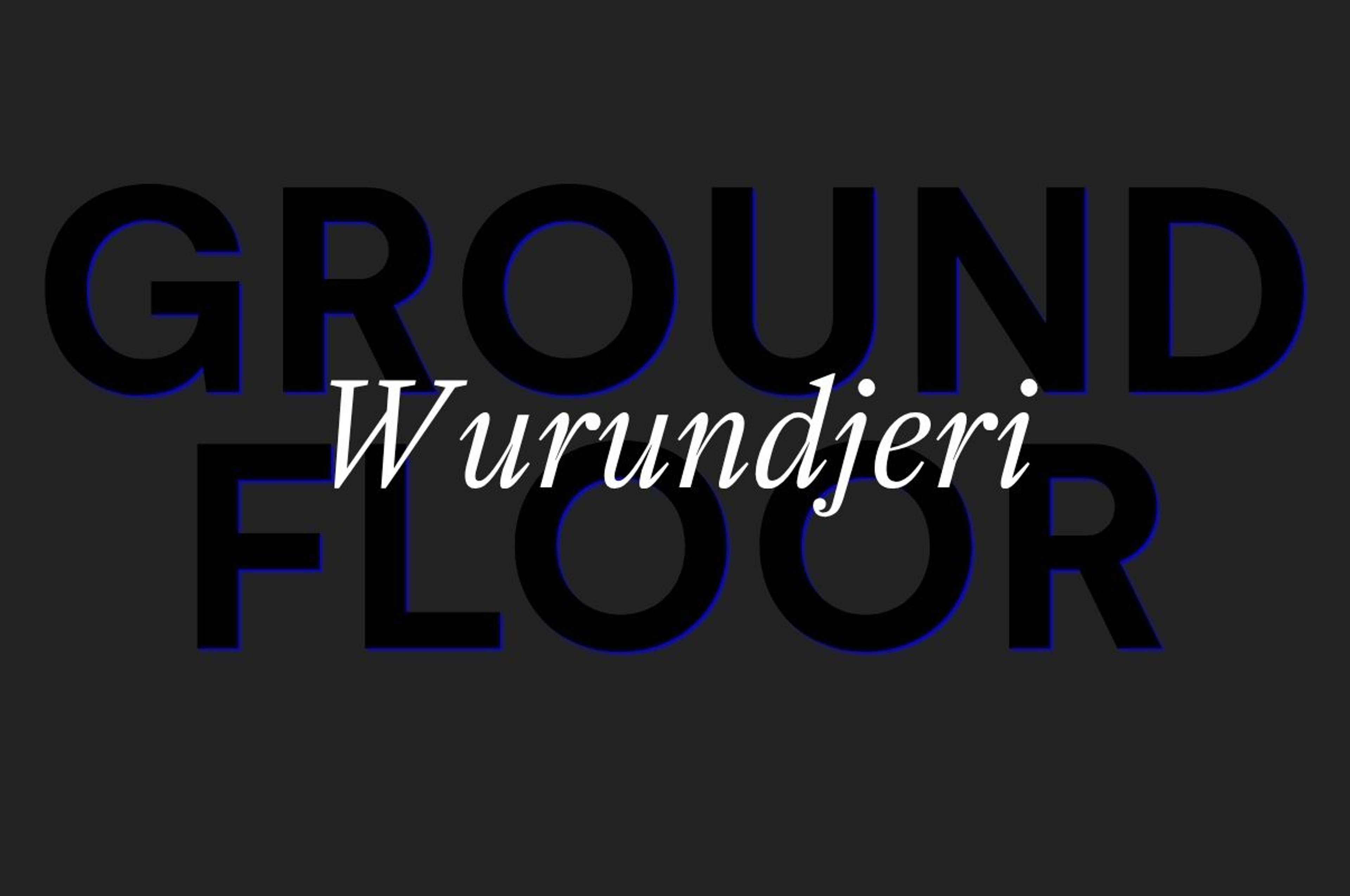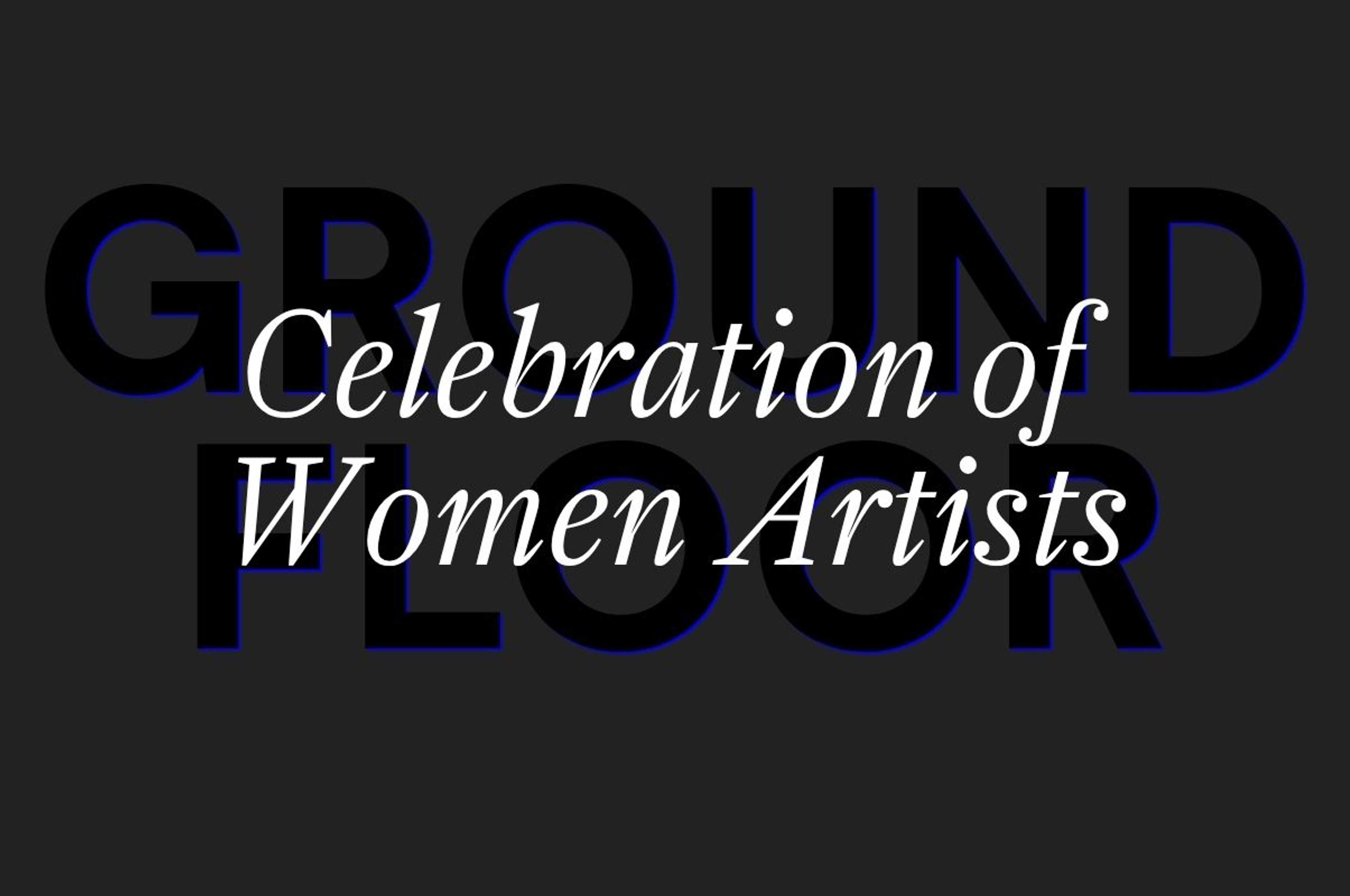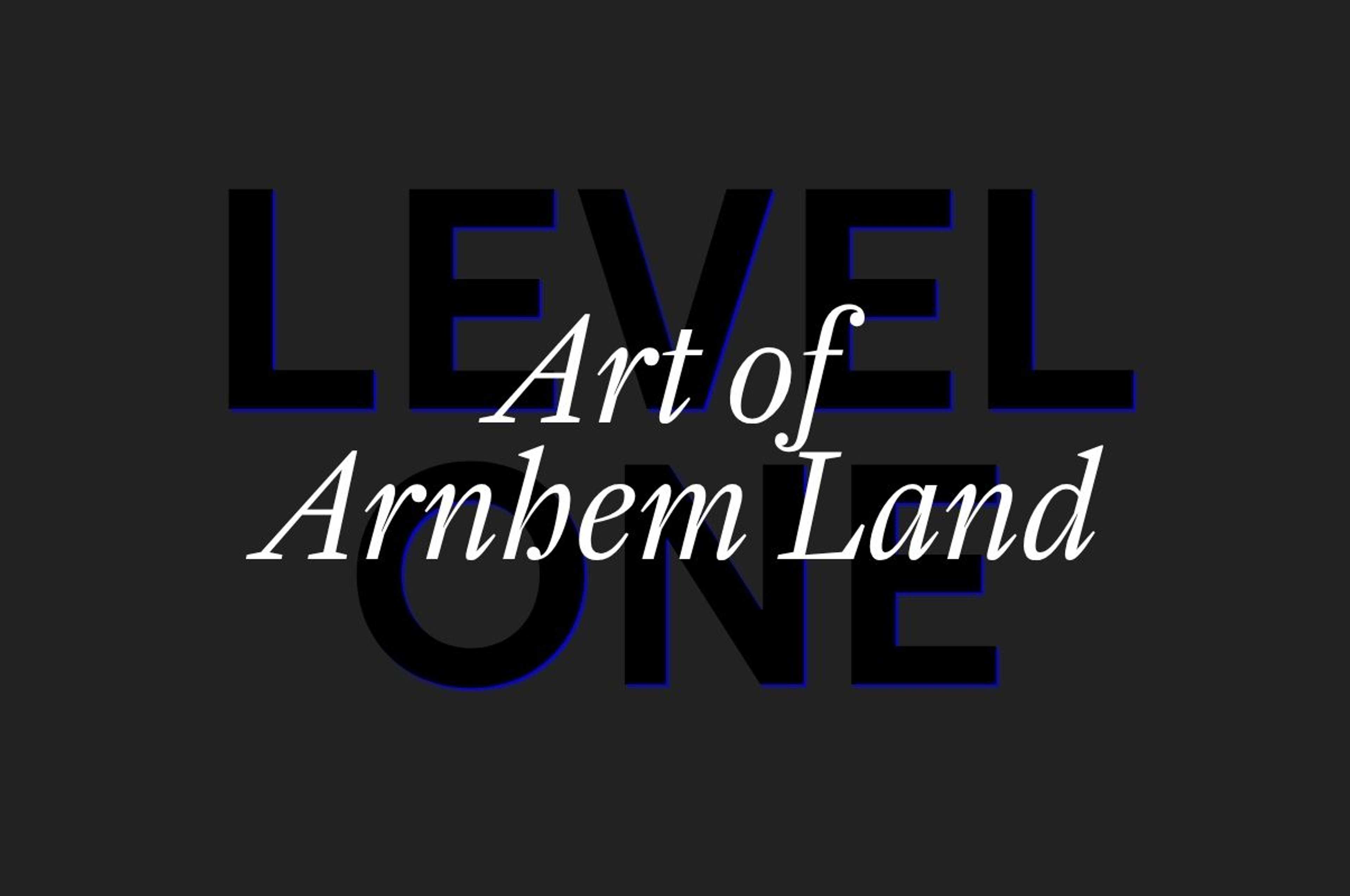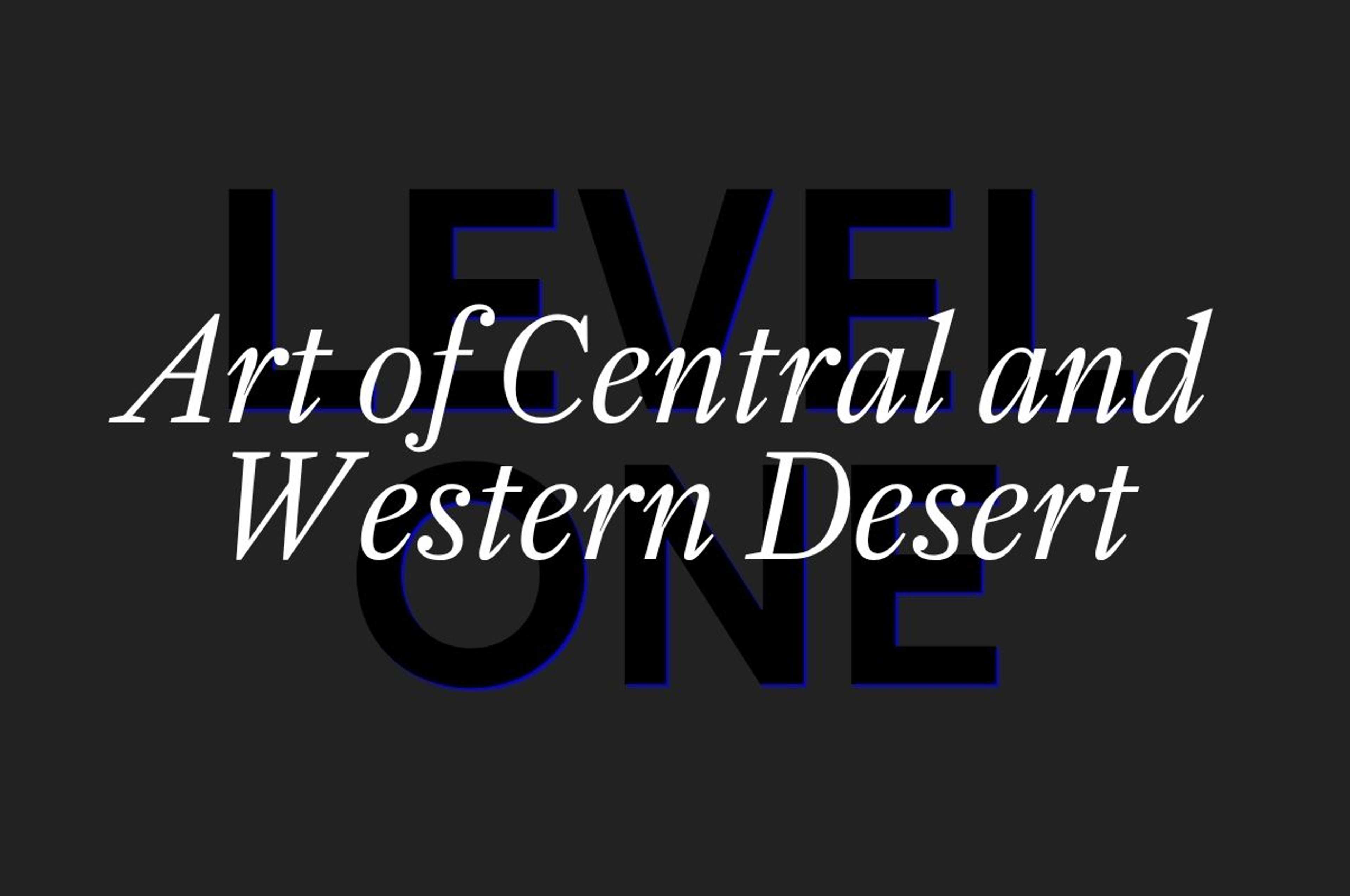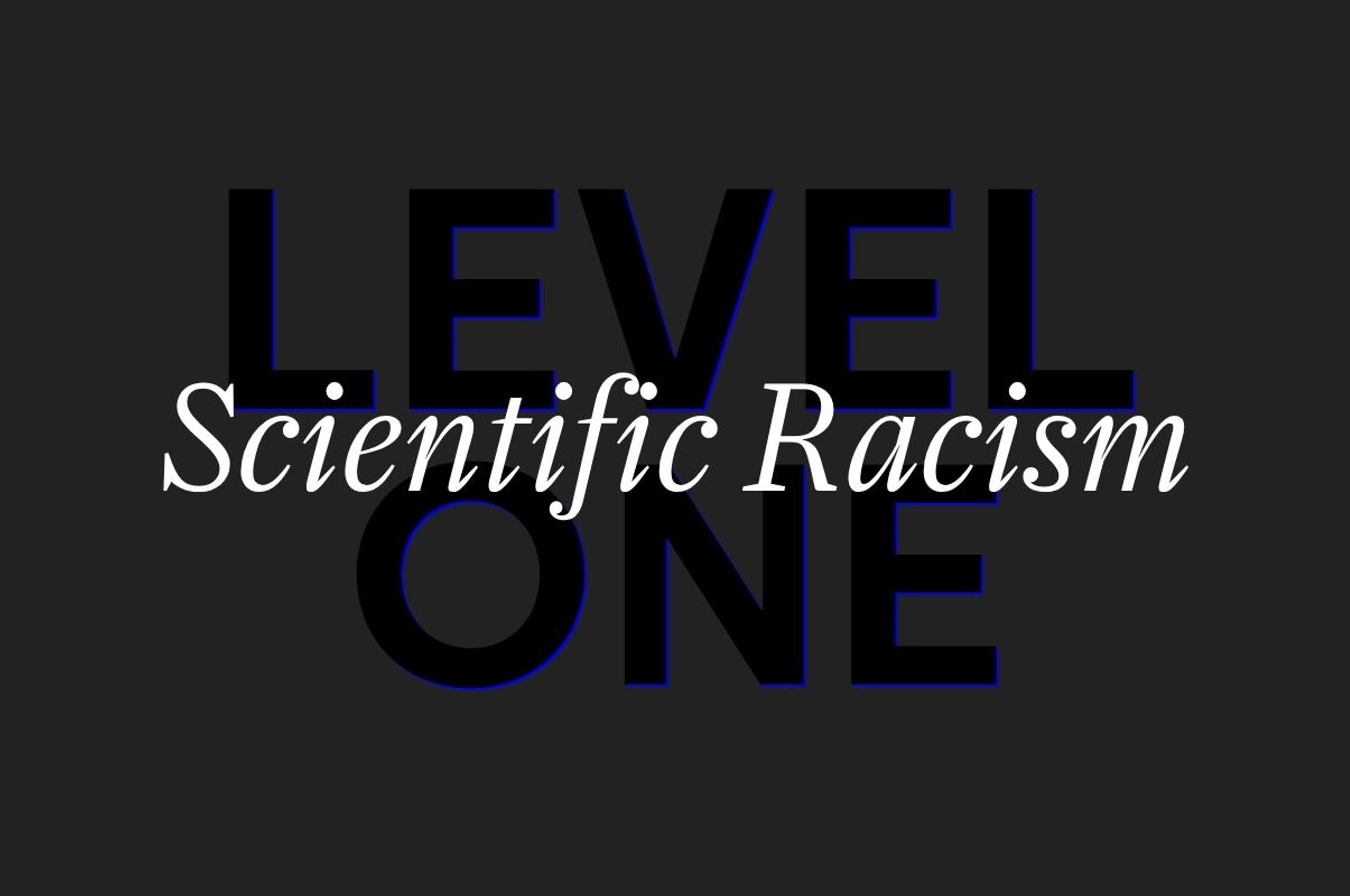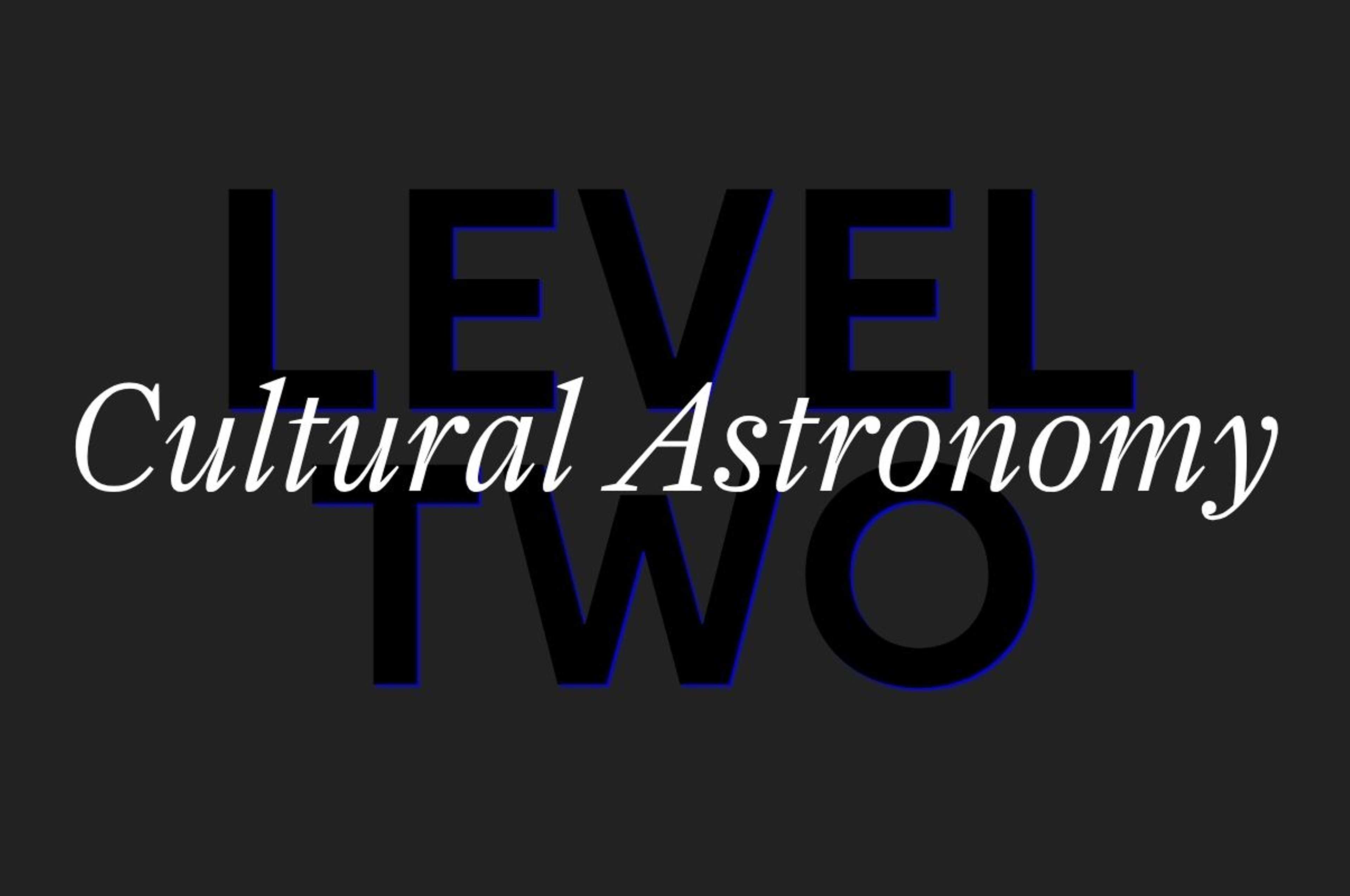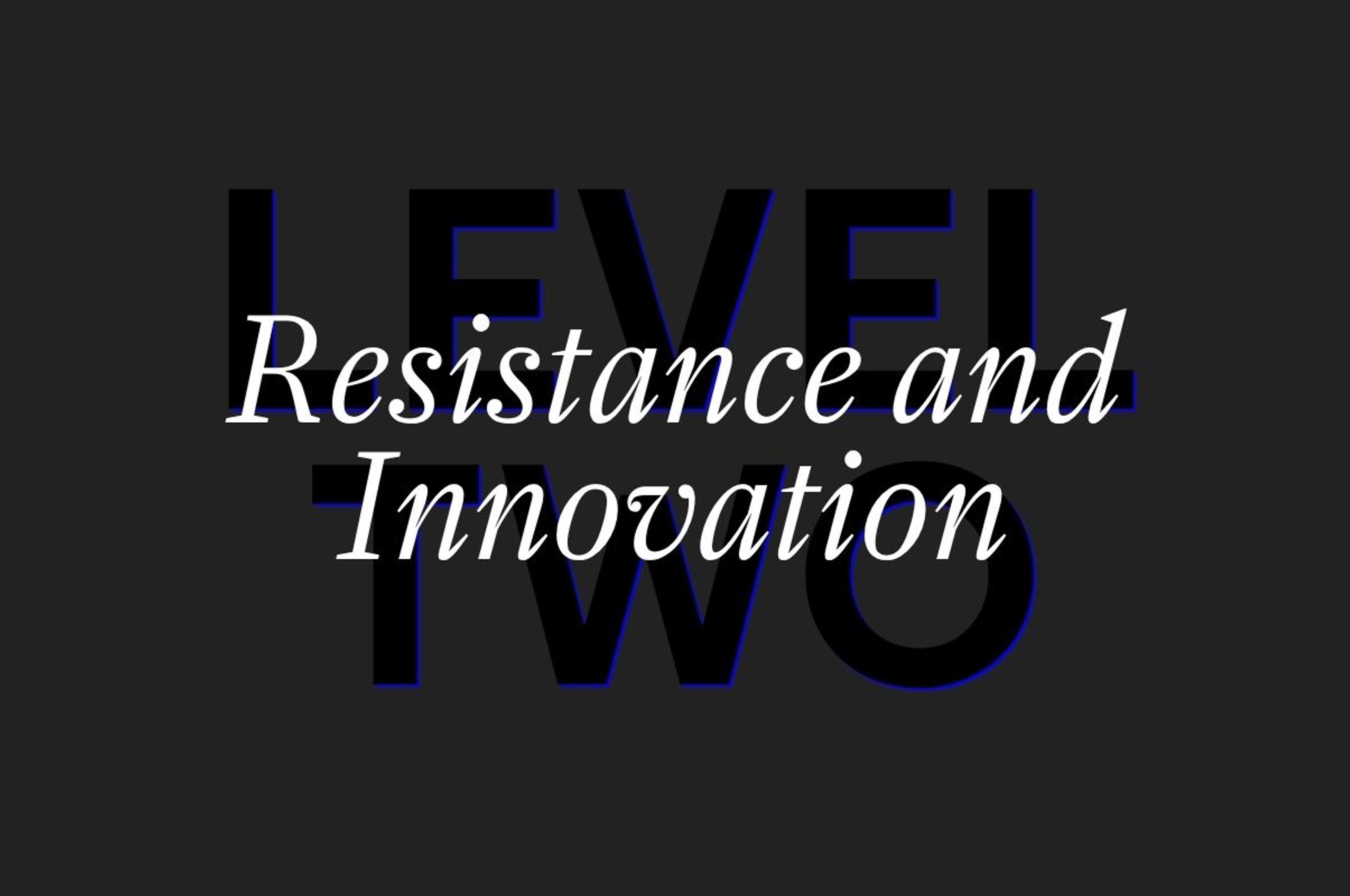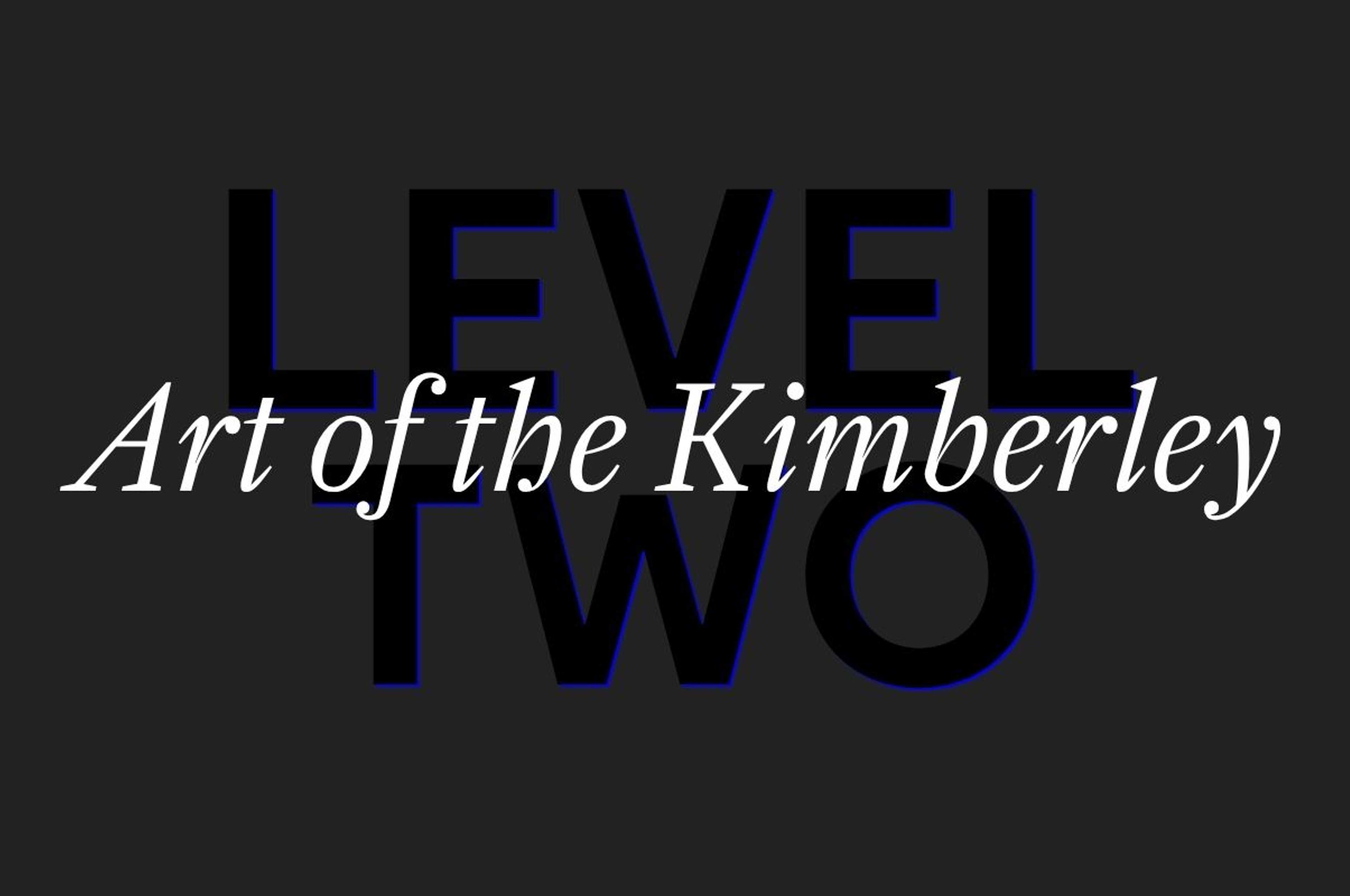Art of Victoria and Lutruwita
Ground Floor
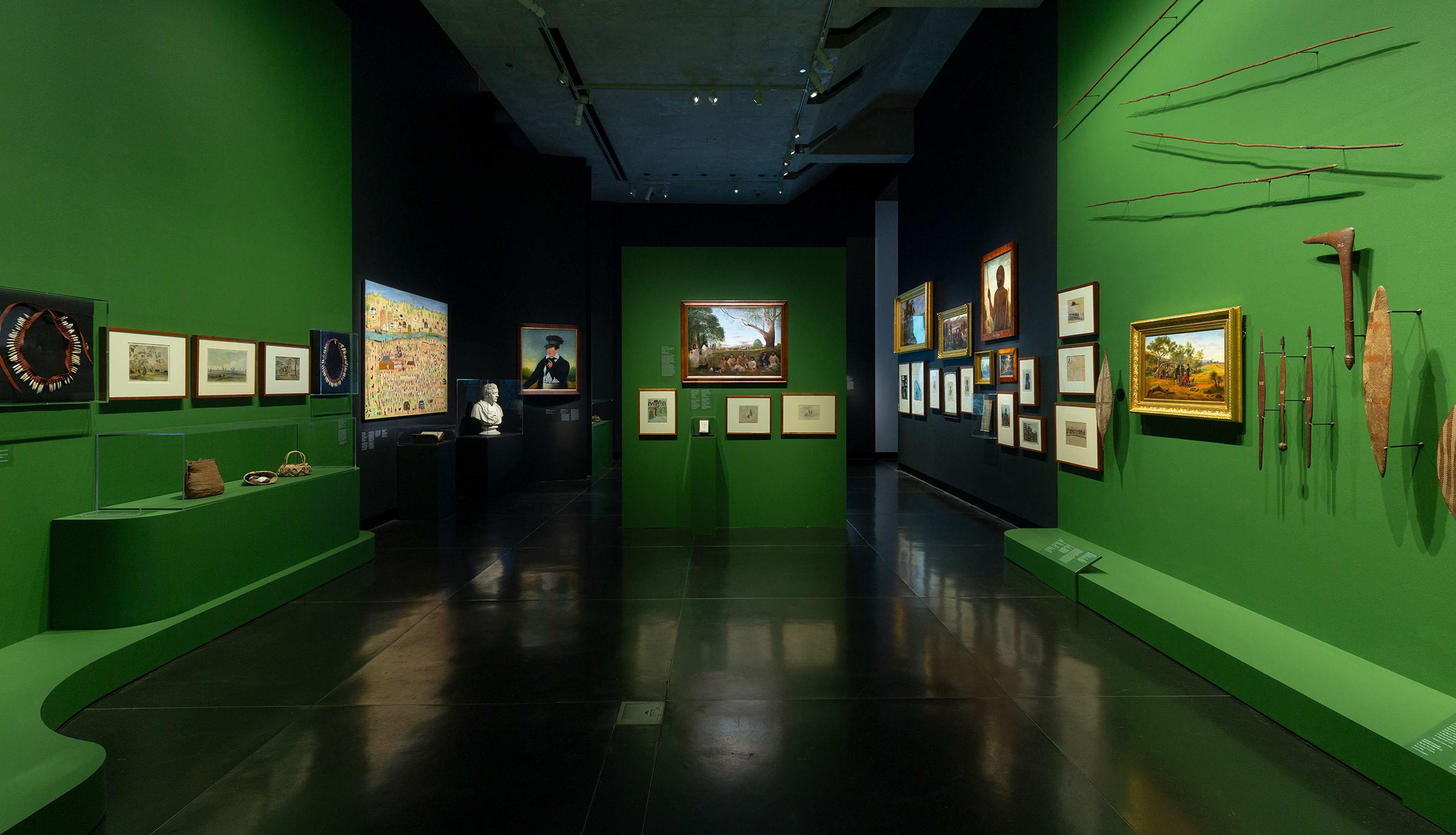
Installation view of 65,000 Years: A Short History of Australian Art, Potter Museum of Art, the University of Melbourne, 2025. Photography by Christian Capurro.
About the room
This gallery unveils brutal colonial histories of Indigenous Victoria and Lutruwita (Tasmania), which until 12,000 years ago were connected by a land bridge. Customary cultural objects of the Dja Dja Wurrung people are shown alongside colonial portraits of named ancestors and their stolen homelands, nineteenth-century drawings by William Barak and Tommy McRae in colonial Victoria, and contemporary works by Palawa (Tasmanian Aboriginal) artists that call out the atrocities experienced by the First Peoples of the great southern peninsula.
The early colonial history of Victoria is interconnected with Lutruwita through the involvement of John Batman and George Augustus Robinson. Batman, an active participant in the Black War in Lutruwita, devised the spurious ‘treaty’ of Narrm (Melbourne) in 1835, which failed to be honoured. Robinson’s appointment as the Chief Protector of Aborigines in the Port Phillip District followed his ‘friendly mission’ to pacify and force the resettlement of Lutruwita’s free people to Wybalenna on Flinders Island – the first instance of offshore detention in Australia’s history.
Artist Statements
Julie Gough on The Missing 2024
I determined, for this project, to expose the prolific Western reproduction and institutional collection of plaster busts of Nununi leaders Wurati and Trukanini, first modelled by artist Benjamin Law in Nipaluna (Hobart) in 1834–35. The Missing is an incompletable video response to the unknowable numbers of these Ancestral representations cast across the globe, and by extension refers to all Ancestors and their cultural makings taken and dispersed globally by colonists.
To date I have filmed these busts in the following institutions: NPG (National Portrait Gallery, Canberra), NGA (National Gallery of Australia, Canberra), SAM (South Australian Museum, Adelaide), the University of Melbourne, TMAG (Tasmanian Museum and Art Gallery, Hobart), MV (Museum Victoria, Melbourne), BM (British Museum, London), Musée de l’Homme (Museum of Man, Paris), QVMAG (Queen Victoria Museum and Art Gallery, Launceston, Tasmania), Pitt Rivers Museum and the Natural History Museum (University of Oxford, UK), Stonyhurst College (Clitheroe, UK) and Swindon Museum (UK). There are likely to be another ten pairs, at least, distributed globally.’
– Julie Gough, 2025
Vicki West
Senior Trawlwoolway artist Vicki West’s water carriers are made from materials gathered on her Country – kalikina (bull kelp, Durvillea potatorum), river reed (Schoenoplectus pungens) and tea tree. The fashioning of kelp into vessels for carrying supplies or drinking water is unique to Lutruwita (Tasmania). West’s basket woven from river reed uses an S-twist technique unique in Australia. As West states, ‘My works celebrate the continuing cultural practices and survival of my people.’

